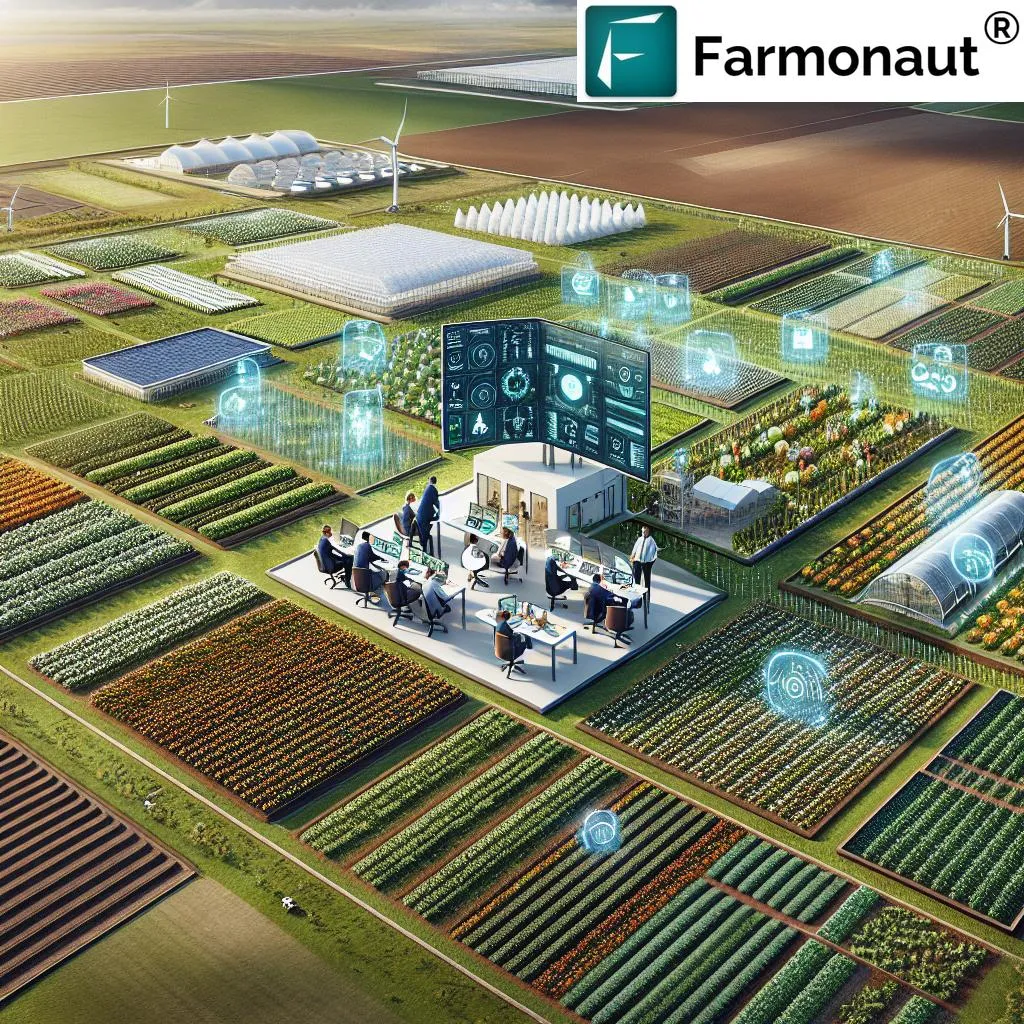In the heart of Kazakhstan, where water scarcity poses a significant challenge to sustainable agriculture, a groundbreaking real-time water-level monitoring system is making waves. Developed by Gaukhar Borankulova from the Department of Information Systems at M.Kh. Dulaty Taraz University, this innovative system is set to revolutionize water resource management in the agricultural sector.
The system, detailed in a recent paper published in the journal ‘Sensors’ (which translates to “Датчики” in Russian), integrates Internet of Things (IoT) sensors and cloud technologies to provide real-time data on water levels, temperature, humidity, and other environmental parameters. This data is crucial for optimizing water use and reducing non-productive losses, ultimately supporting sustainable agricultural practices.
Borankulova explains, “Our system is designed to be both cost-effective and efficient. By using low-cost sensors and solar power, we’ve created a solution that is accessible and practical for agricultural applications.”
The architecture of the system is comprehensive, comprising a data collection layer with solar-powered sensors, a network layer for data transmission, a storage and integration layer for data management, a data processing layer for analysis and forecasting, and a user interface for visualization and interaction. This multi-layered approach ensures that the system is robust, reliable, and user-friendly.
The system was tested at the Left Bypass Canal in Taraz, Kazakhstan, where it demonstrated its effectiveness in providing real-time data for informed decision-making. The results were impressive, showing a significant improvement in water use efficiency and a reduction in non-productive losses.
The implications of this research are far-reaching. For the energy sector, the ability to monitor and manage water resources more efficiently could lead to significant cost savings and improved sustainability. As Borankulova notes, “This system has the potential to transform the way we manage water resources in agriculture. It’s not just about saving water; it’s about using it more intelligently.”
Looking ahead, this research could shape future developments in water resource management, particularly in regions facing water scarcity. The integration of IoT sensors and cloud technologies offers a scalable and adaptable solution that can be tailored to meet the specific needs of different agricultural settings.
In conclusion, Borankulova’s work represents a significant advancement in the field of water resource management. By providing real-time data and insights, this system empowers farmers and agricultural managers to make informed decisions that optimize water use and support sustainable practices. As the world grapples with the challenges of water scarcity, innovations like this offer a beacon of hope for a more sustainable future.

